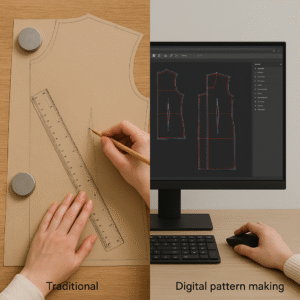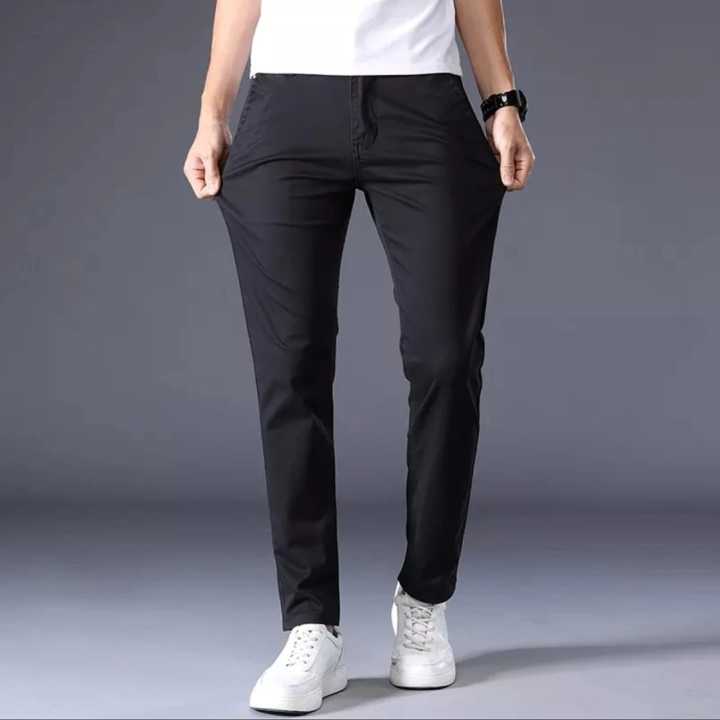
Behind every well-fitting garment is an unsung hero: pattern making. This crucial step in apparel production transforms fashion sketches into wearable clothing by creating the “blueprint” for each piece. Whether you’re a startup or an established brand, understanding pattern making helps you achieve better fit, reduced waste, and higher-quality garments.
At Obi-Apparel.com, we specialize in custom apparel manufacturing and sourcing, and precision pattern making is at the core of our process. In this guide, we’ll break down:
✔ What pattern making is and why it matters
✔ Traditional vs. digital pattern making
✔ How it affects fit, cost, and sustainability
✔ Why it’s critical for custom apparel
1. What Is Pattern Making? (The “Blueprint” of Fashion)
Pattern making is the process of creating 2D templates for each component of a garment (sleeves, collars, bodices, etc.). These templates guide fabric cutting and sewing, ensuring consistency across production.
Key Pattern Making Terms:
-
Sloper/Block: A basic, fitted template for a specific body type
-
Grading: Adjusting patterns for different sizes (XS–XL)
-
Draping: Creating patterns by molding fabric on a dress form
-
Notches & Seam Allowance: Marks for precise assembly
2. Traditional vs. Digital Pattern Making
| Method | Pros | Cons |
|---|---|---|
| Manual (Paper/Drafting) | Low startup cost, hands-on control | Time-consuming, hard to modify |
| Digital (CAD Software) | Faster edits, 3D previews, scalable | Requires software training |
Why Digital Wins for Modern Brands:
-
Accurate sizing (reduces returns from poor fit)
-
Easier collaboration with overseas manufacturers
-
Less material waste through optimized layouts
3. How Pattern Making Impacts Your Business

A. Fit & Quality
-
A well-made pattern prevents gapping sleeves, uneven hems, or tight armholes.
-
Brands like Everlane and Patagonia invest heavily in pattern precision to build customer trust.
B. Cost Efficiency
-
Efficient pattern layouts save up to 15% in fabric costs.
-
Fewer revisions mean faster production timelines.
C. Sustainability
-
Nesting software arranges patterns to minimize fabric waste.
-
Zero-waste pattern making (used by brands like Eileen Fisher) eliminates scraps.
4. Pattern Making for Custom Apparel
Custom clothing demands exceptional pattern making because:
✔ Each design is unique (no existing templates)
✔ Sizing varies (e.g., uniforms for diverse body types)
✔ Small batches require precision to avoid costly errors
How Obi-Apparel.com Delivers:
-
Our pattern makers use CAD software for perfect scaling.
-
We test prototypes to refine fit before bulk production.
-
Offer grading services for inclusive sizing (XXS–6XL).
5. The Future: AI & Automation in Pattern Making

Emerging tech is revolutionizing the field:
-
AI-powered pattern generation (like Vizoo or Optitex) auto-adjusts for fit.
Ready to Elevate Your Apparel with Precision Patterns?
Poor pattern making leads to ill-fitting clothes, wasted budgets, and unhappy customers. At Obi-Apparel.com, we combine traditional expertise with digital tools to craft flawless patterns for your brand.
📩 Let’s create garments that fit perfectly—contact us today!

